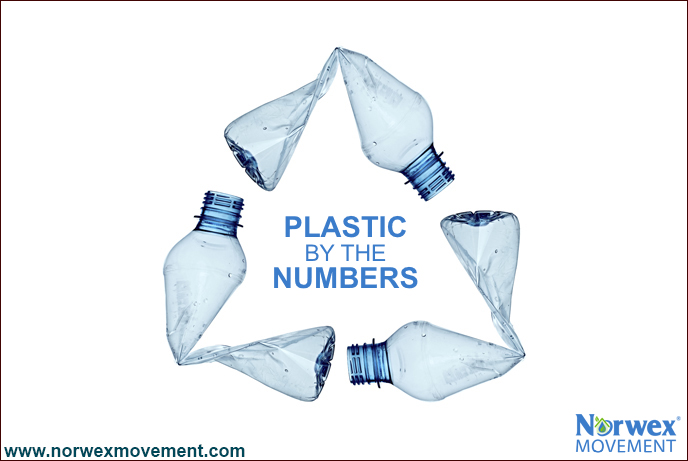

Ever wonder which types of plastic are recyclable, or which ones are safe for you to use? It’s easy to determine, once you know to look for the code on the bottom of the item. Then, it’s just a matter of remembering this simple rhyme:
“1, 2, 5, 4: These are the ones you’re looking for!”
Remember, items marked 1, 2, 5 and 4 are safe. But avoid those marked with 3, 6 or 7.
Take a look at our chart below to learn how to use, recycle or dispose.
Safe Plastics to Use and Recycle
| Name | Found In | Use | Recyclable | |
|---|---|---|---|---|
 |
Polyethylene Terephthalate | Clear plastic water bottles | One-time use only. This thin plastic should not be reused, refilled or heated. | YES |
 |
High-Density Polyethylene | Thicker opaque plastic used in milk jugs, detergent packaging and toys | Safe to reuse. | YES |
 |
Polyvinyl Chloride | Mattress covers, squeeze bottles | Avoid: Releases dioxin, contains phthalates, shown to cause cancer. | NO |
 |
Low-Density Polyethylene | Soft, flexible plastics such as those used in grocery store bags, plastic wrap, dry cleaning bags, shopping bags and garbage bags. | One of the safer plastics, but please recycle! Better yet, consider replacing with reusable bags to save landfill space. | YES |
 |
Polypropylene | Hard but flexible plastics like yogurt containers, drinking straws, syrup bottles, etc. | One of the safer plastics, but please recycle. | YES |
 |
Polystyrene | Rigid plastics such as opaque plastic spoons and forks, and in foam-style coffee cups and meat packaging trays. | Avoid: These plastics can leach styrene, a known neurotoxin with other negative health effects. | NO |
 |
Other (including polycarbonate, nylon and acrylic) | 5-gallon water bottles, sports bottles, clear cutlery, food can linings, etc. | Avoid: May contain BPA, a known endocrine disruptor. | NO |
How do you avoid these dangerous plastics? Share your tips here!
Resources:
Healthy Child: Know your Plastics
Natural Society: Plastic Symbol Meanings
Very good resource. I’ll be sharing this!
I love the little rhyme to help me remember which plastic products are safer. Of course the less plastics we use at all, the better!
Is this numbering system a global system or is it possible the numbers are different in Australia?
Great question, Kylie! In researching the “SPI resin identification coding system” (the numbers 1 through 7 enclosed by three arrows forming a triangle), we discovered that these symbols were developed by the Society of the Plastics Industry (SPI) in 1988 and are placed on plastics to identify the polymer type. They are used internationally, but some countries, such as Japan, may use alternative codes as well.
I’m going to print this off. I love it!
I would love it if Norwex would print this table in the 2017-18 Norwex Catalogue to help educate our customers on what they can also help avoid.
Man, I hate plastic more and more the more I learn!! 🙁